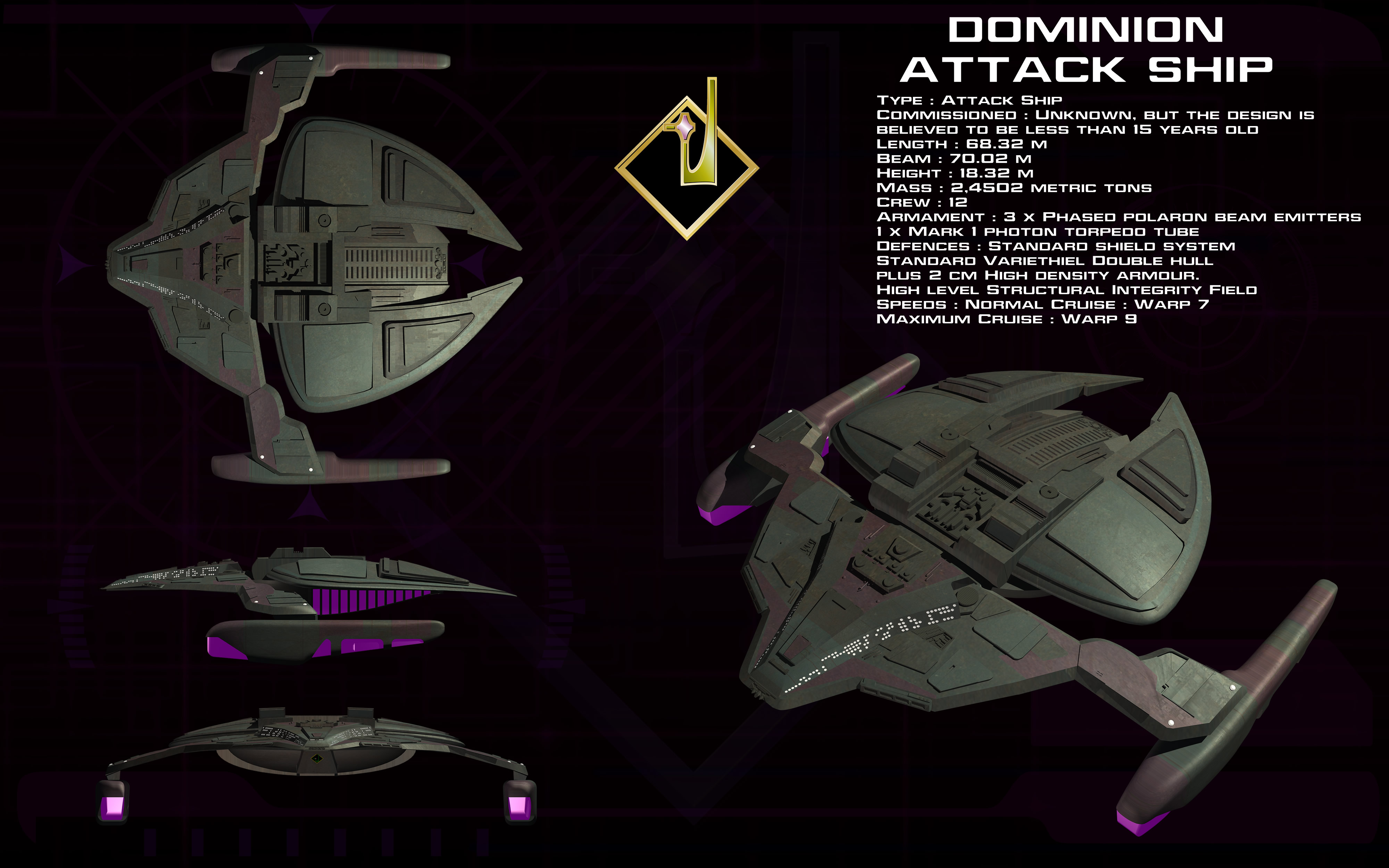Large ships have inertia in proportion to their mass, just as do fighters. Large ships have more mass and therefor more inertial than fighters, this is true, but it is in direct linear proportion to their mass, just like fighters. The end result is that the only reason fighters might be more agile relative to large ships is because they (maybe) devote a larger fraction of their mass to engines with which to fight their inertia. There is absolutely nothing that says that a large ship cannot devote the same ratio of mass to engines as does a small ship, or vice versa.Large ship got a massive inertia while small ones don't.
The main reason why large ships are superior to small ships in space is twofold. Larger ships have a larger volume to surface ratio, meaning they need devote less mass to the skin of the vessel than does a smaller ship. This is not trivial. The skin of a space vehicle meant for long duration in space is neither thin nor light, especially if you are trying to proof it against solar storm radiation. The second reason is that there is a limit to how small some components can be miniaturized. Large ships will derive mass savings from all sorts of things (as a ratio of total mass) from life support to navigation.


